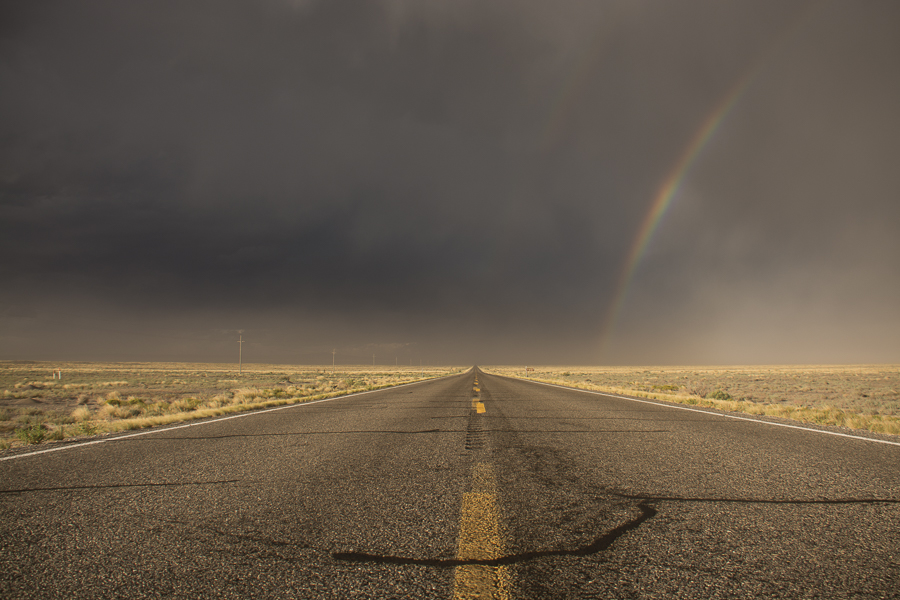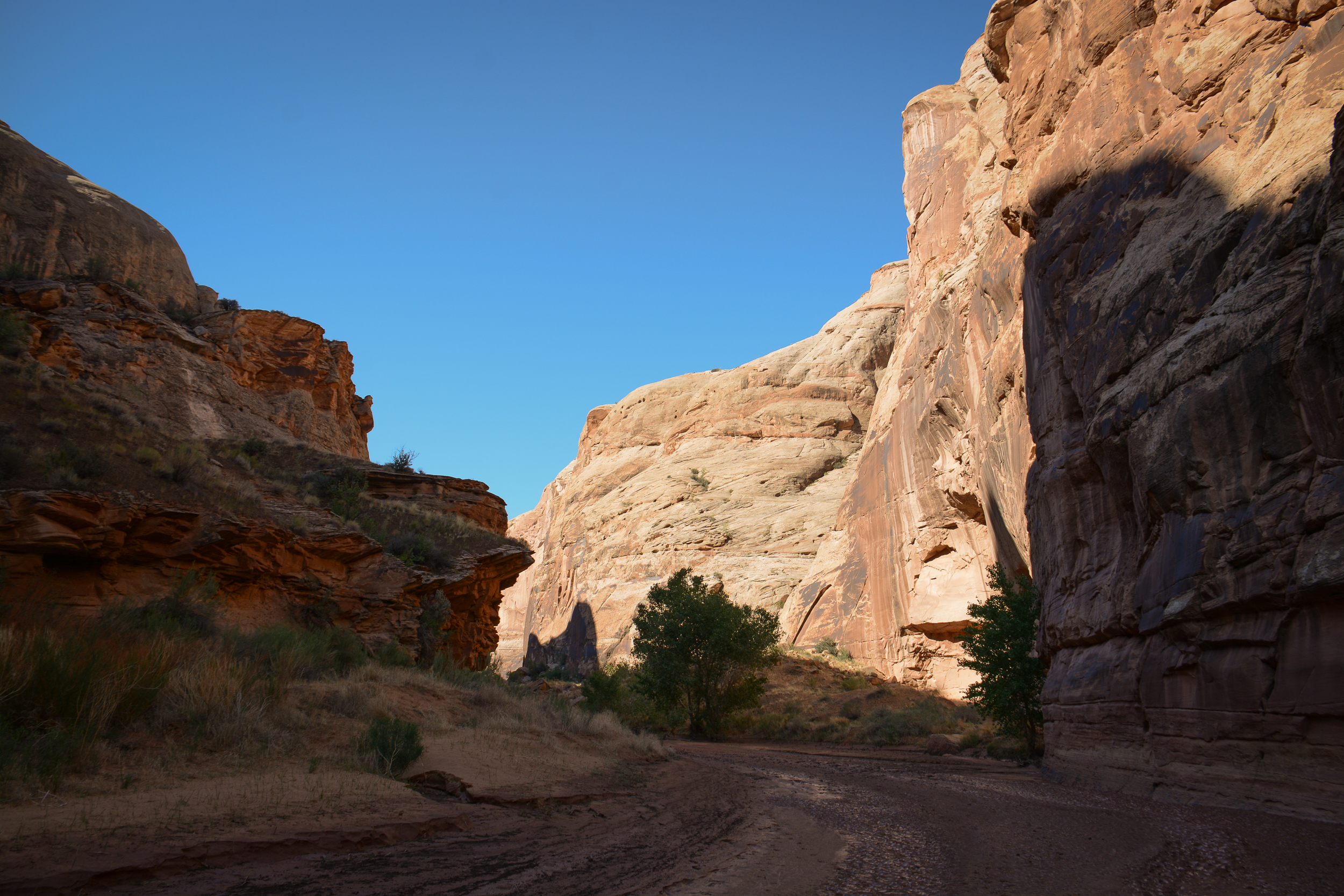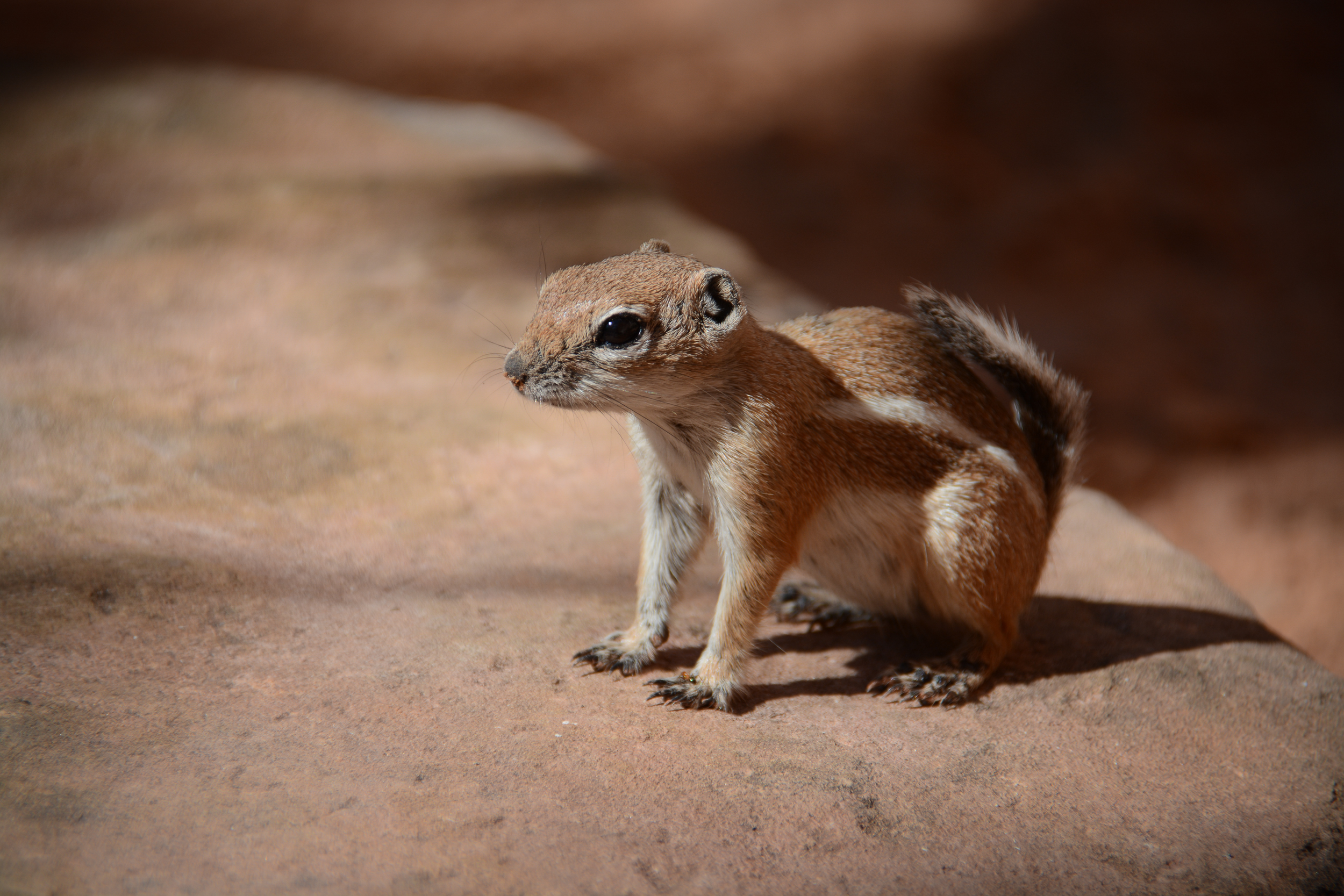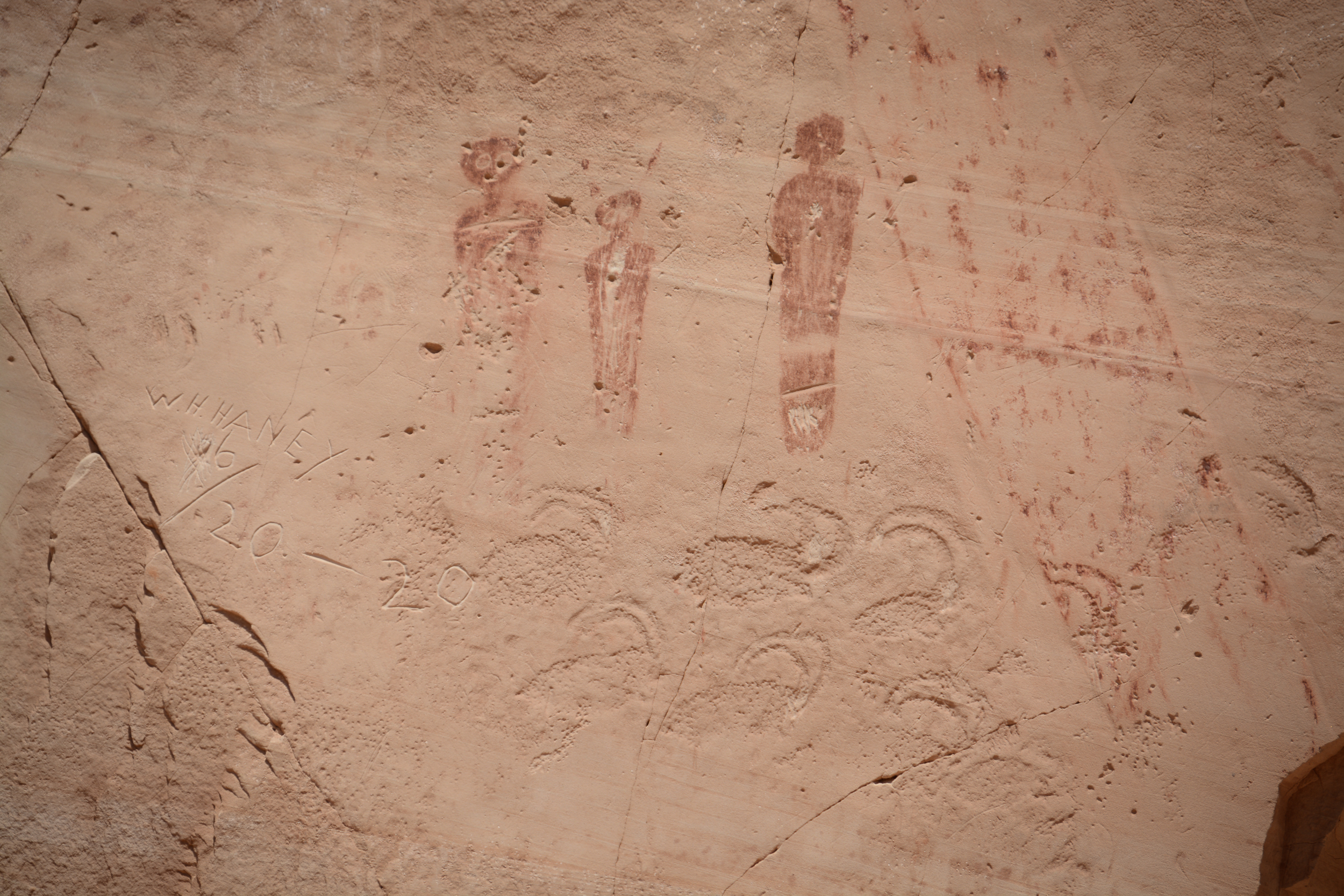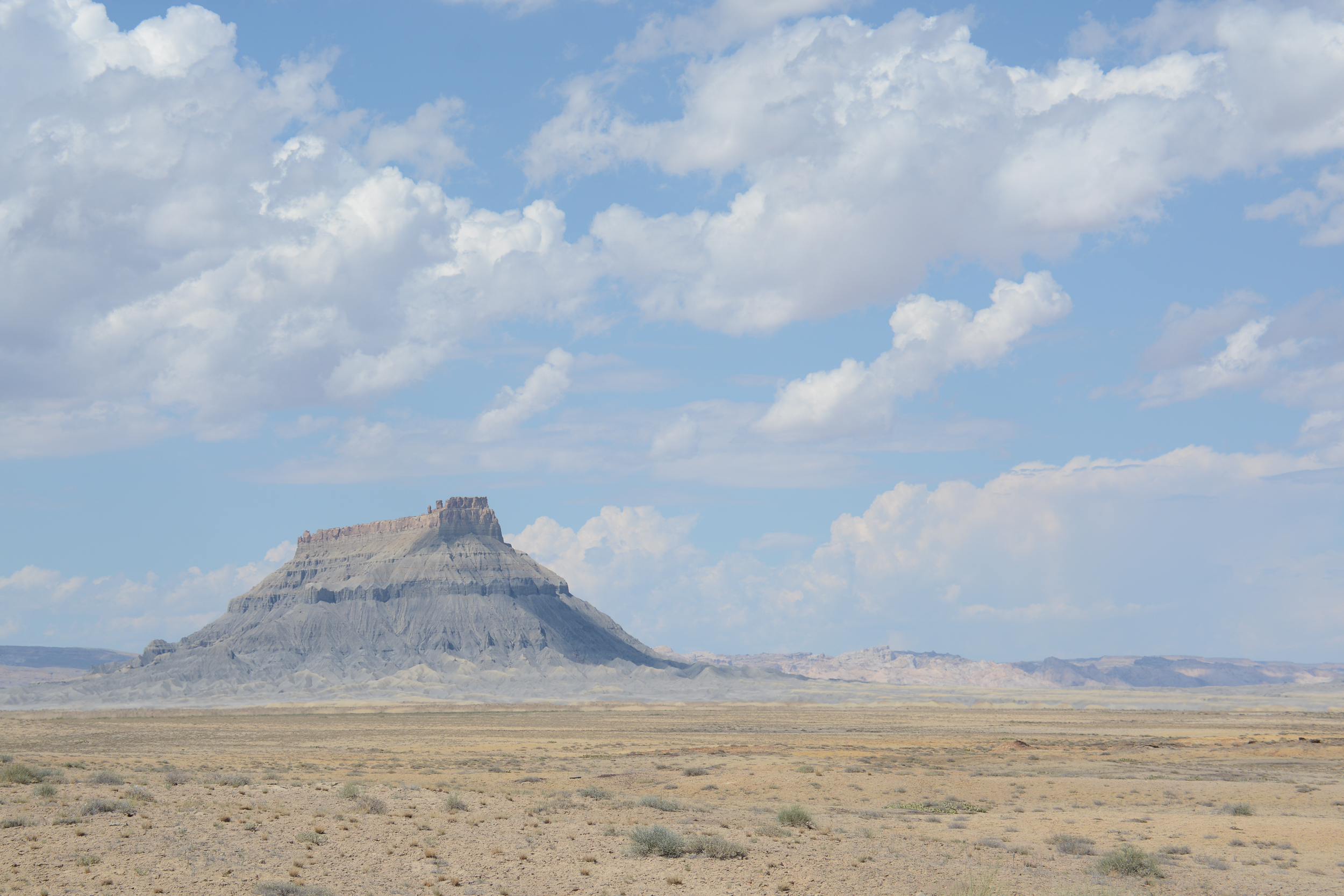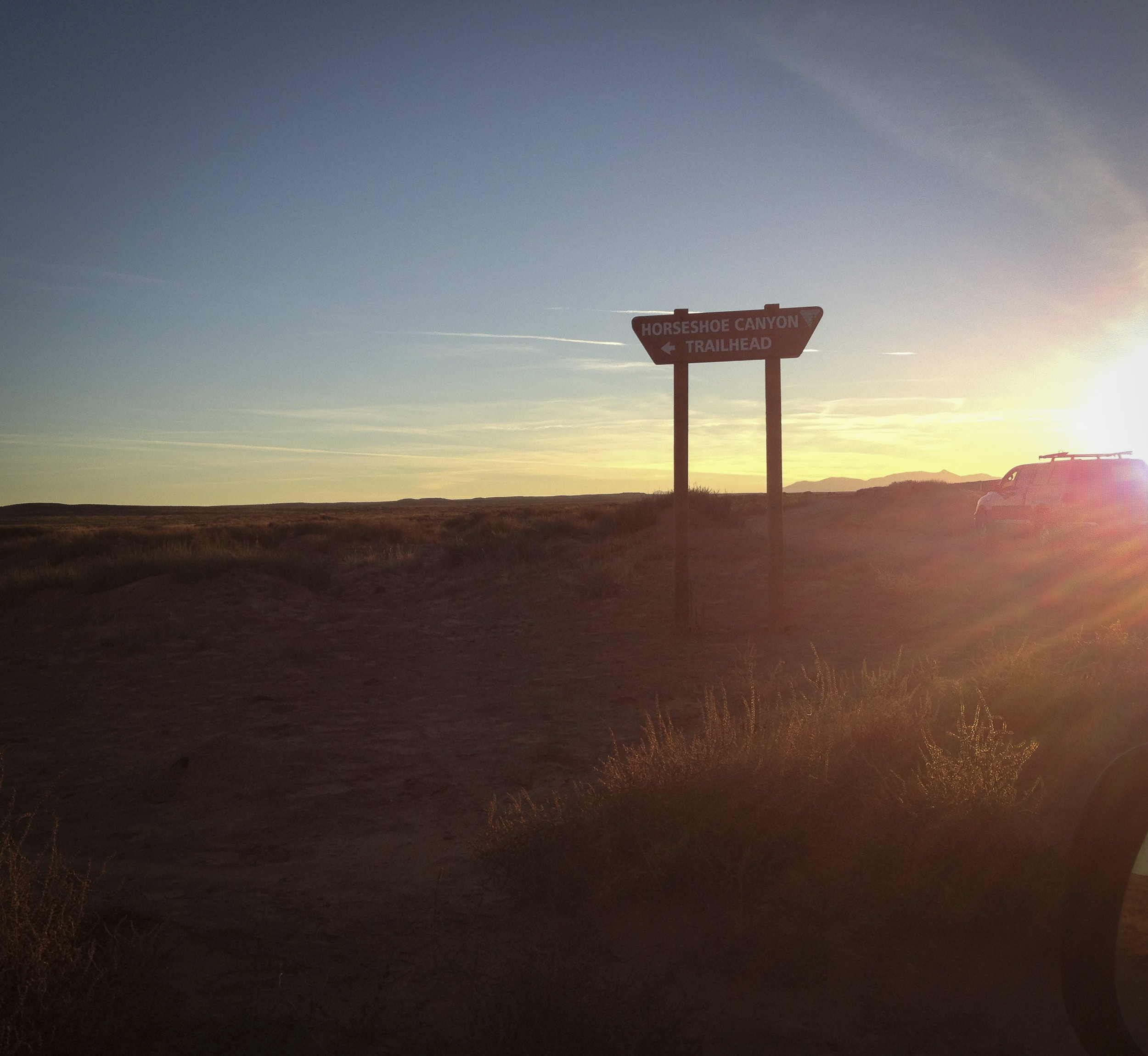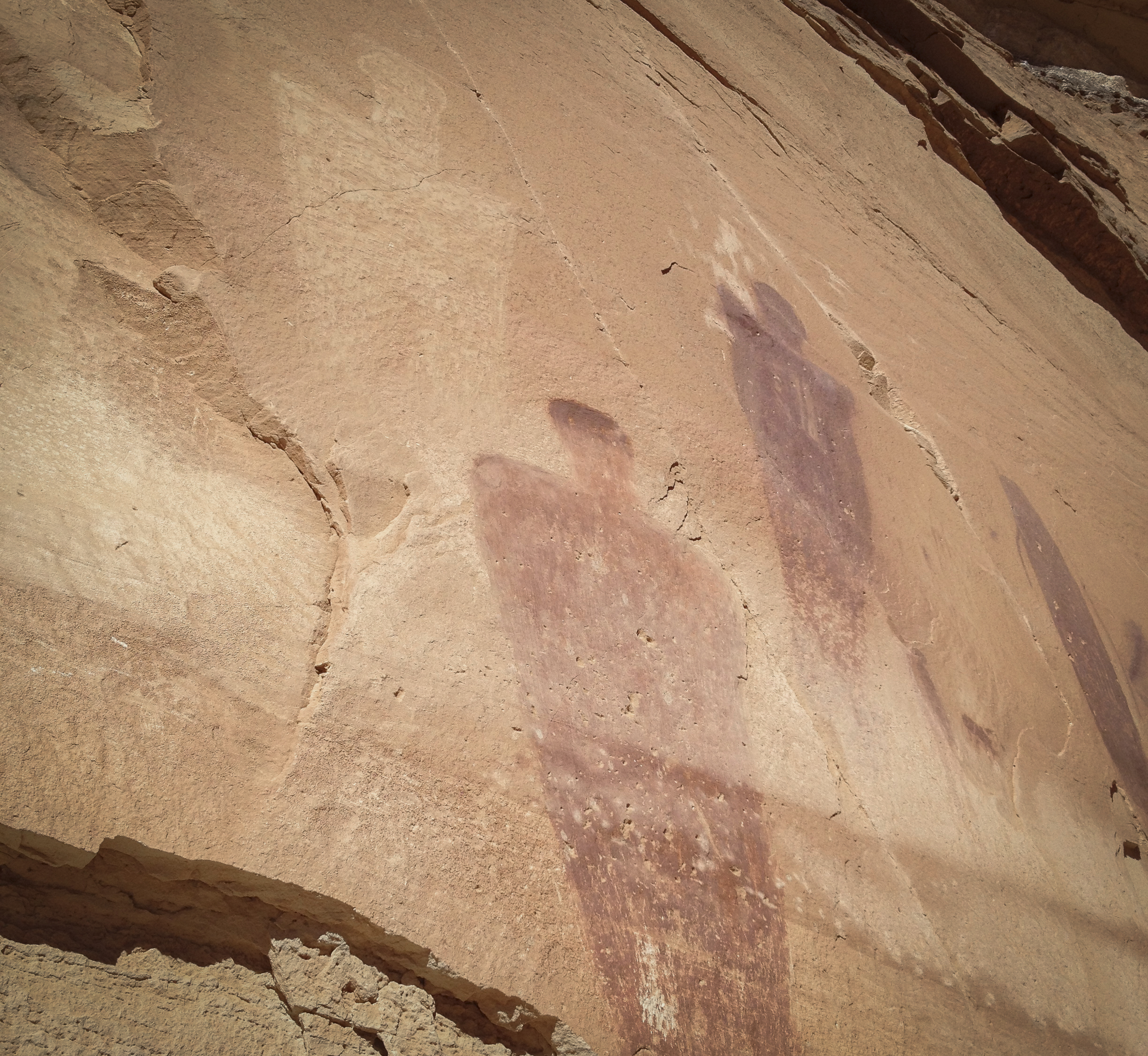After a lot of research I settled on this setup for my mobile studio. A pop-up camper is dry, secure, heated, powered, very comfortable and puts no limits on where a pick-up truck can go.
As a freelancer, I find that being "available" in the traditional sense is an inefficient way to structure my time. My desk can become an anchor that keeps me from going out and getting the inspiration and energy I need to be good at what I do. Everything I do informs my work, and I can pretty much work anywhere. So why not work anywhere?
Hence the mobile studio experiment. This past summer I drove all over North America (about 9800 miles), played some music, explored some wilderness, took some photos and kept a few paying gigs going at the same time. Have a look at my trip stats in this previous post. Work did not feel at all like "work", and I am as happy, inspired and motivated as I have ever been.
I didn't do this on a whim. I made sure my commitments were manageable, the projects appropriate for less-than-continuous connectivity, my clients amenable (excited, actually) and I thought really carefully ahead of time about how I was going to make it happen. I also owe this flexibility of lifestyle in no small part to my partner — who prefers the structure of a full-time job for himself while encouraging me to do what I need to do, joining me on the parts of the adventure he can.
The ultimate goal is to make this how I work most of the time, not just to get inspired. Sometimes a location is relevant to a project. Like a book — where the actual people or a place are important, or an identity for a restaurant or retail — where representing an experience is desired.
I know a lot of folks with Sprinter vans, Sportsmobiles, Westies, trailers and traditional RV's — all have their advantages. What led me to this setup: the desire to be low-profile, the need for generous desk space and an unwillingness to replace a truck to which I have a significant emotional attachment.
Resources - Gear:
Four Wheel Popup Campers
Goal Zero Portable Solar Power
Luci Lux Inflatable Solar Lights
weBoost Cell Signal Amplifier
USGS Topo Maps (printed)
DeLorme Gazetteer Maps (printed)
Resources - Info:
A great 4WC Camping Life Blog
I love the NPS
Tips on Cell Signal Strength
Some notes on the gear choices and reference info:
The Rig. There are several brands of popup campers, Four Wheel Campers are beautifully made, well-designed and hold their value. I chose the "shell" model — no built-in kitchen or water — so that I could fit a big enough desk inside. I prefer to cook outside on a camp stove, which keeps the inside of the camper less cluttered, cleaner and smelling nicer. 4WC's come in many configurations, from a shell like mine to an apartment: sink/stove/microwave/fridge/shower/toilet(!). The Two Happy Campers blog is a great resource by a couple with a 4WC who have cut all ties to the stationary lifestyle. Worth a mention, I really like the 270° wrap-around awning, even though it's not so great in the rain (pooling) and not useable in windy conditions.
Suspension enhancements. There was mixed info on line about how the weight of the camper would effect the handling of my truck and if any enhancements were necessary. The camper weighs 972 pounds empty. That's just over half my max payload so I had airbag suspension helpers installed to keep it from bottoming out and fatiguing the springs. The day after I had the camper installed, I drove from Portland, Oregon to Salt Lake City and it became clear very quickly that I needed truck tires as well. I went from 4-ply sidewalls to 10-ply and it made all the difference.
Power. I went with Goal Zero for portable solar power instead of solar panels mounted on the camper. I try to avoid parking or camping in the sun, so being able to move the panels around is key. That GZ battery, however, weighs 35 pounds — so maybe "portable" won't be true for everyone. The GZ battery powers my laptop, display and backup hard drive; and charges my portable drill and SLR camera batteries. Additionally, the camper came with a single 6-volt RV battery that charges while you're driving. With my setup — no fridge or microwave — this amount of RV battery power works well, charging phones and powering the LED lights that are integrated into the camper even when parked for two weeks.
Lighting. I hate camping lights, I find them painfully harsh and blinding. Luci Lux lights produce a perfect soft warm glow. Solar-powered and inflatable, they smash down flat for easy storage or charging on your dashboard when you're driving. For activities like reading and cooking, I don't mind a tiny headlamp like the Black Diamond Ion.
Connectivity. Cell coverage seems to be a problem for everyone everywhere, but get off the interstate and you're really hosed. I did pretty well this summer, but I'm going to need better connectivity for a truly mobile studio. Used by truckers and law enforcement, a weBoost amplifier is my next purchase unless I find something better. This post on how to monitor and improve your signal at Wilson Amplifiers is where I started my research.
Maps. I will always use analog maps. I love them, and the GPS has it's limits. USGS topo and DeLorme Gazetteer maps are the best.
And finally, here's a little of that inspiration I was talking about:
